The Best April Fools’ Day Pranks by Companies
A Look at the Most Hilarious Corporate Hoaxes
April Fools’ Day is the one time of year when brands get to loosen up and showcase their playful side. From elaborate hoaxes to tongue-in-cheek product launches, companies have used 1st April as an opportunity to entertain, confuse, and sometimes even inspire their audiences.
Here’s a look at some of the most famous (and infamous) April Fools’ Day pranks carried out by companies over the years.
The Marketing Made Clear Podcast
This article features content from the Marketing Made Clear podcast. You can listen along to this episode on Spotify:
1. Burger King’s Left-Handed Whopper (1998)
One of the most legendary corporate pranks came from Burger King in 1998 when they advertised a new Whopper designed specifically for left-handed people. The ad claimed that the ingredients were rotated 180 degrees to accommodate left-handed diners, ensuring an improved eating experience.
The company ran full-page ads detailing the new innovation, convincing thousands of customers to turn up at Burger King locations requesting the new burger. Some customers were enthusiastic about the supposed ergonomic benefits, while others specifically asked for a “right-handed” version, proving just how convincing the prank was.
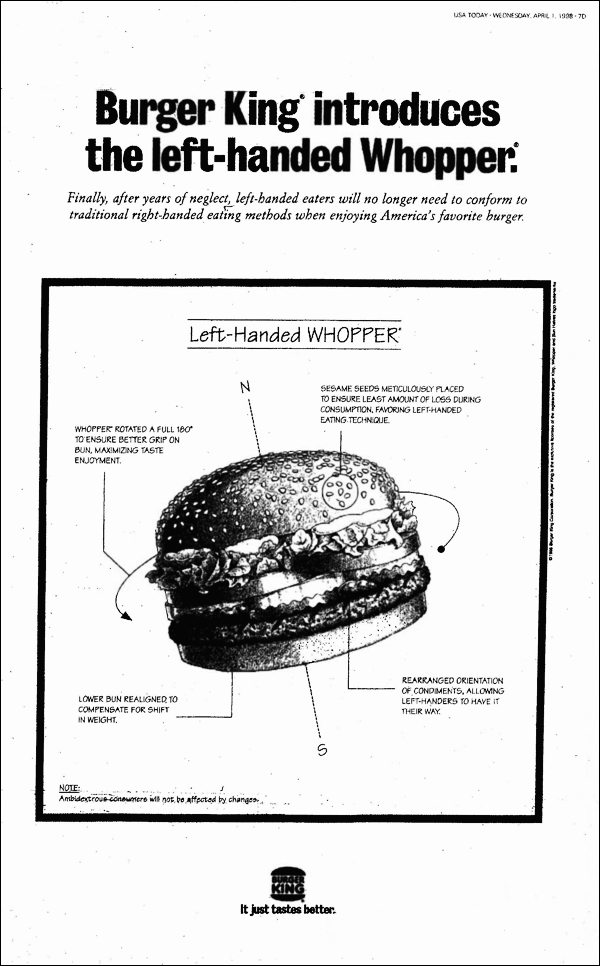
2. Google’s Numerous Pranks (Ongoing)
Google has practically turned April Fools’ into an annual event, with multiple pranks every year. Some of their best include:
-
Google Nose (2013) – A fake service promising users the ability to search for and smell scents through their screens.
-
Google Translate for Animals (2010) – A feature that supposedly translated animal noises into human speech.
-
Google Tulip (2019) – A fake AI-powered tool that allowed people to communicate with tulips.
3. Taco Bell Buys the Liberty Bell (1996)
In 1996, Taco Bell took out full-page ads in major newspapers announcing they had purchased the historic Liberty Bell and renamed it the “Taco Liberty Bell” to help reduce the national debt. The stunt was so convincing that thousands of concerned citizens called in to protest. The company later revealed the prank and donated money towards the bell’s upkeep.
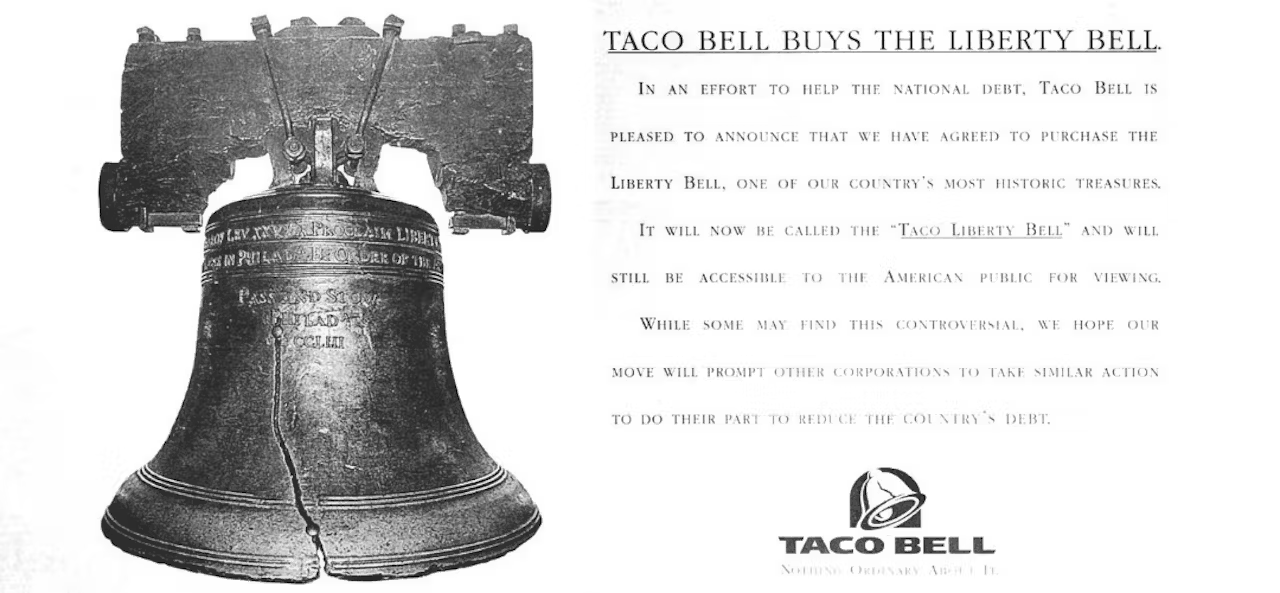
4. BMW’s Fake Innovations (Various Years)
BMW has a long history of launching fake products on April Fools’ Day. Some of their classics include:
-
BMW Magnetic Tow Technology (2009) – A feature that let drivers use a magnetic field to “tow” their car behind another, saving fuel.
-
The BMW Lunar Paint (2019) – A paint that charged in moonlight to glow in the dark.
-
BMW M3 Pickup (2011) – A supposedly real high-performance pickup truck, which later turned out to be an actual functional vehicle used internally at BMW.
A Different Take: Reverse April Fools
BMW Reverse April Fools‘ (2015, New Zealand) – In a clever twist on April Fools’ traditions, BMW New Zealand ran a real promotion disguised as a prank. They placed an ad in a newspaper stating that anyone who came to a dealership and asked for “Tom” could swap their old car for a brand-new BMW. One lucky customer took the chance and walked away with a new vehicle, making it one of the most memorable ‘reverse’ pranks in marketing history.
5. IKEA’s Dog High Chair (2011)
IKEA delighted pet owners with the launch of the “HUNDSTOL,” a high chair for dogs designed to let them sit at the dinner table. The company went all-in with product photography, instructions, and even customer testimonials. Unsurprisingly, many people were disappointed to learn it wasn’t real.
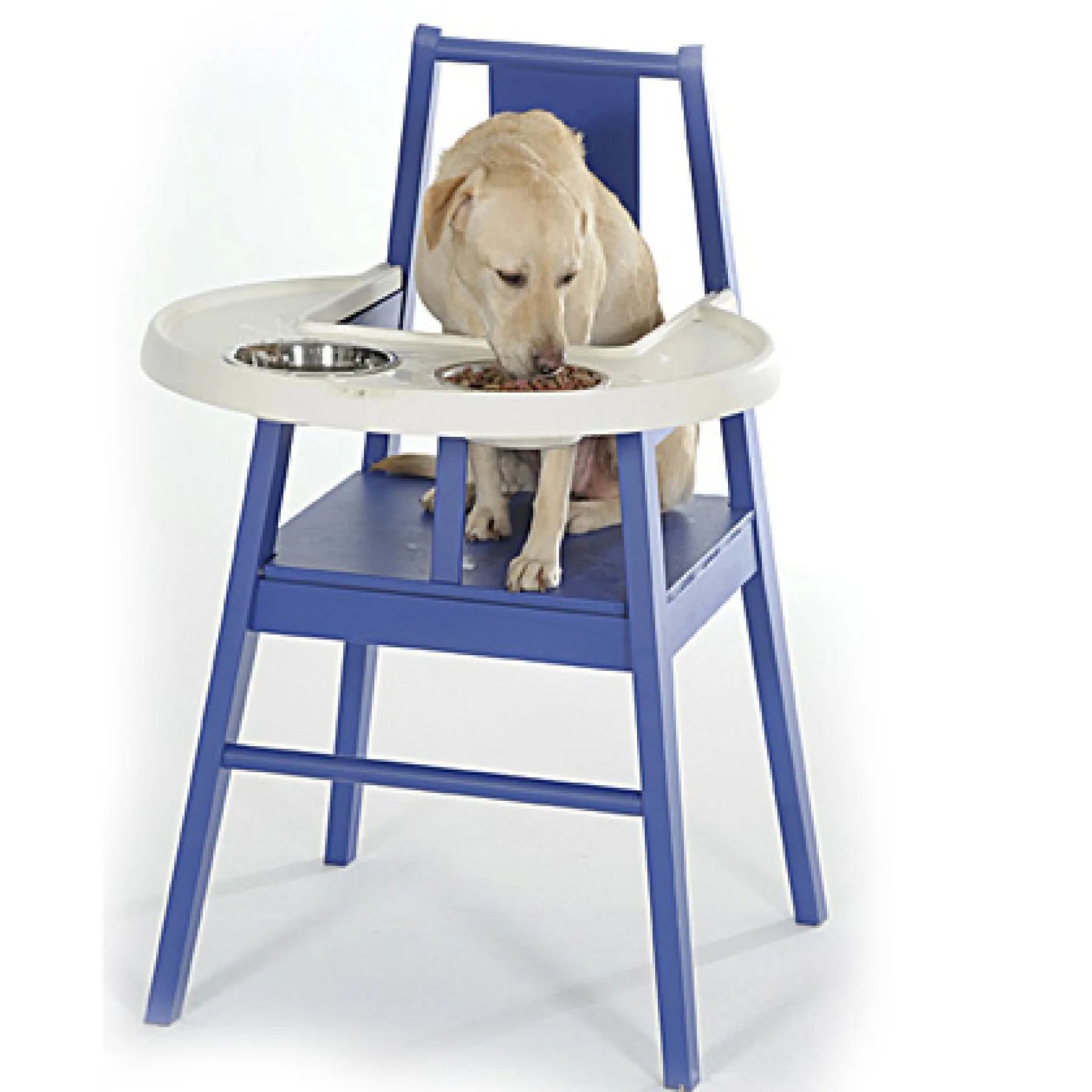
Amazon’s Petlexa (2017)
Playing off its Alexa voice assistant, Amazon introduced “Petlexa” – a version of Alexa that could interpret and respond to pets’ barks, meows, and other sounds. The mock promotional video showed a cat ordering a treadmill and a dog demanding treats.
7. Richard Branson’s UFO Hoax (1989)
While not an official company prank, Virgin’s Richard Branson pulled off one of the most elaborate April Fools’ stunts of all time. He built a UFO-like hot air balloon and flew it near London, complete with flashing lights and a silver-clad alien inside. The police were called, and the prank made headlines worldwide.
8. Duolingo’s Push Notifications on Steroids (2019)
Duolingo, known for its relentless push notifications, played on its own reputation by announcing “Duolingo Push.” The fake service promised to send a real-life green owl mascot to physically remind users to complete their language lessons – by staring at them disapprovingly and even breaking into their homes.
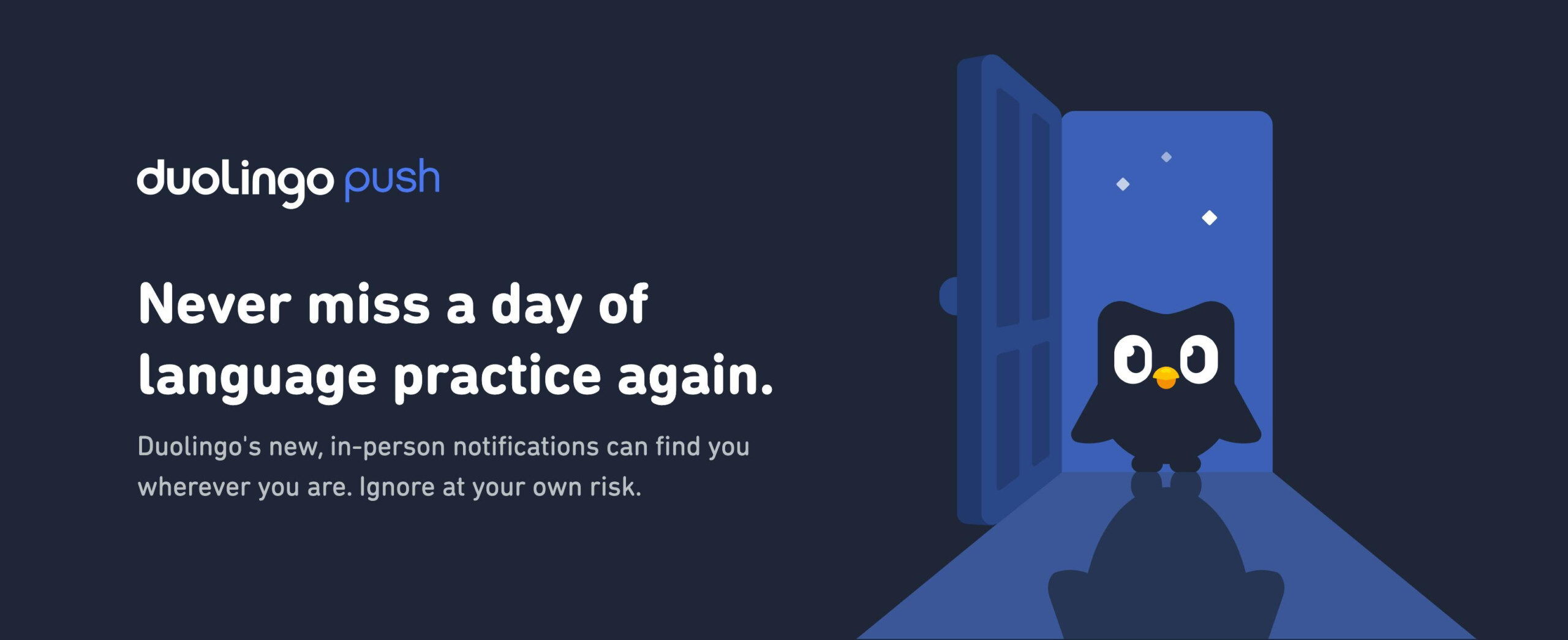
9. Sony’s First-Ever Portable Vinyl Player (2019)
Sony announced the “Sony Toio Vinyl,” a portable turntable designed to play records on the go. The promo video featured a sleek design, but upon closer inspection, the impracticality of carrying a spinning vinyl record in one’s hand became obvious.
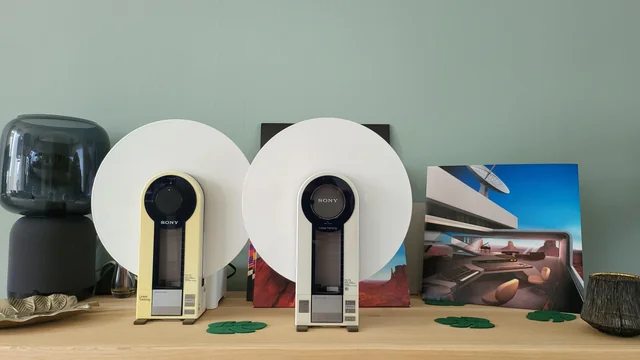
10. Netflix Buys Seth Rogen (2018)
Netflix took its April Fools’ marketing to another level by announcing that it had “acquired” actor Seth Rogen in a lifetime deal. The joke press release claimed that Netflix had obtained “full ownership of his personal autonomy and creative output.”
Why These Pranks Work
These stunts succeed because they strike the right balance between absurdity and believability. They also generate massive engagement, brand awareness, and – if done well – goodwill from audiences who appreciate a bit of fun.
The key takeaways for marketers:
-
Keep it lighthearted and non-offensive.
-
Play into your brand’s personality.
-
Ensure the joke is easy to spot—otherwise, it can backfire.
-
Be prepared for unexpected reactions (like Burger King’s left-handed Whopper incident).
As April Fools’ Day approaches, keep an eye out for the next round of corporate pranks – just don’t believe everything you read!


